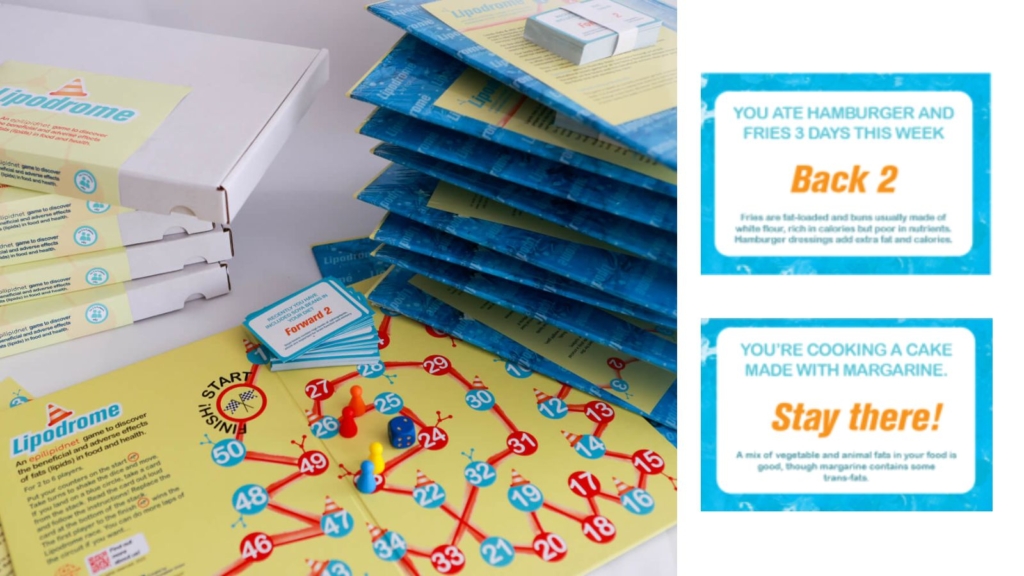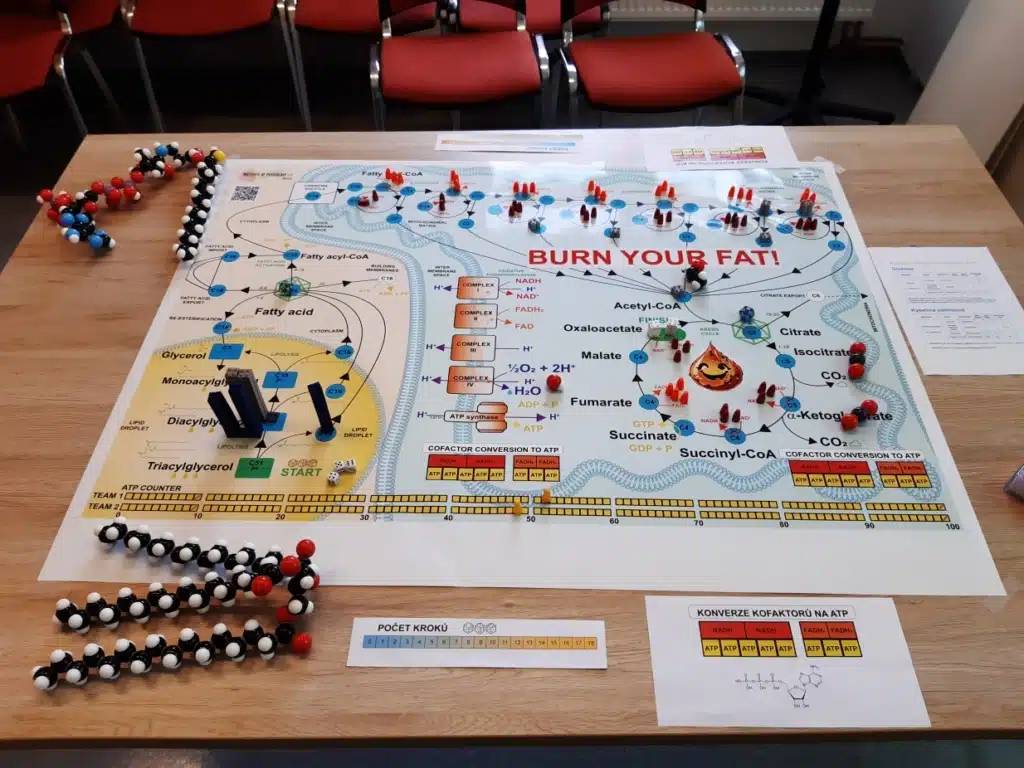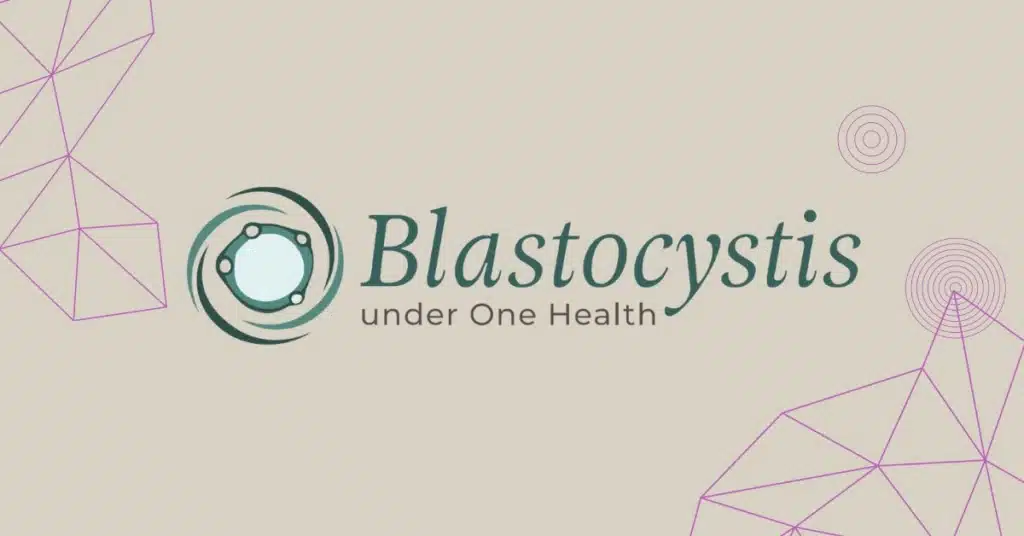Board games to explain lipids
Since 2020 the Pan-European Network in Lipidomics and EpiLipidomics (EpiLipidNET), has been fostering collaborative research in lipidomics. Fats and oils, collectively known as lipids, are very important substances in the body. There are thousands of different types of lipids and their balance is very important for health as imbalance can lead to disease. One of the goals of this research network was to make available useful knowledge for non-specialists, addressing questions such as; Lipids in the diet: good or bad?; Functions of lipids in the body – why do we need them?; and How are lipids linked to disease?
Gamification is a fun and interesting way to learn about science. Board games, in particular, are an emerging tool being used to engage non experts in scientific topics. Inspired by interactive methods of science communication, EpiLipidNET set out to educate us about lipids through fun but educational board games for all the family.

Corinne Spickett, leader of the EpiLipidNET working group on dissemination and outreach, explains more:
Why board games as a tool for science communication?
Lipids aren’t necessarily good or bad; they are essential and have varying effects. But understanding lipids better in health and food is critical. We wanted to develop a tool to engage and educate adults and children. The idea was that board games are a fun way to learn about science and lipids, so children and adults pick up information and concepts without getting bored by being lectured at.
Tell us about the EpiLipidNET games? What will players learn?
We developed three EpiLipidNET games to be used as tools to engage and educate both adults and children:
Lipodrome
The purpose of Lipodrome is to make non-specialists aware of the diversity of lipids in plants, foods and human, and the concept that some lipids are essential or beneficial, some more so than others, though excess in anything tends to be bad. Actually, the game also includes information on living a healthy lifestyle as well as food. It is a family game that small children can get involved with.

Know your fats
Know your fats is a memory game that has very simple cards and the goal was more to give children information on what are fats, their properties and value in foods. This game was created by our EpiLipidNET colleague Sara Tortorella and is a simple entry level game perfect for younger audiences or a useful memory enhancing tool for older people.
Burn Your Fat
Burn Your Fat is a game for senior school pupils or university students (bachelors) about how fat is “burned” (metabolized) to generate energy and building blocks for cells. It is far more complex than either of the others, but an excellent learning tool. It was invented by Dovilė Milonaitytė and Ondrej Kuda, following a session I ran in 2022 on what concepts about lipids we wanted to convey to the public.



Where did the idea for EpiLipidNET games come from?
Early on in the Action I ran a session on how to communicate with the general public. We needed to make information accessible and communicate that lipids are not all bad. We collected ideas but left it there as the Action was still young. A previous project I was involved with (MemBrane, funded by ERA-Net Cofund on Biotechnologies) made a game on microbiology called Microstrike and I then realised that maybe an EpiLipidNET game was the way to go as it would be a fun way to communicate.

The original idea was a snakes and ladders type game where good behaviour was rewarded (and as in snakes and ladders you went up ladders to progress faster) but that didn’t quite work and we eventually evolved the idea into Lipidrome. The design became a circle – drome like in velodrome – but in this case the progress of players round the track is determined cards with beneficial and detrimental aspects of lipids (which make them go forward or back).
Did you enjoy the process of creating Lipidrome?
Yes it was fun. I like designing things. We started with a basic design. Tinkered with the concept and showed it to other members of our working group on dissemination and outreach for feedback. Once we had the final game we sent it to a designer at University of Aveiro who made it pretty.
Have you had any community feedback?
So far mainly from members of EpiLipidNET and students in graduate programmes, which has all been very positive.
Rosario Domingues, Chair of EpiLipidNET, has also trialed the games at the Fábrica Centro Ciência Viva de Aveiro for public outreach events. The realisation of this event allowed the Lipidomics Laboratory (CEM-UA), CESAM, and EpiLipidNET to contribute to the education and engagement of the general public in the complex world of lipids. Lipodrome is included as a permanent activity at the Centro Ciência Viva de Aveiro.
Any previous experience in projects like this? Or other science communication practices?
Science communication is certainly becoming a personal interest due to the nature of my research. Over the years I’ve been involved in interactive and educational demonstrations like science fairs which gave me a background in ways to communicate science to the public and how to engage children. My first experience of a boardgame to communicate science was a microbiology game called Microstrike, which was the brainchild of a colleague Sara Routledge in the MemBrane project led by Aston University.
Looking ahead, we plan to license Lipidome with a Creative Commons license to make it available to all and then different translations can be made. I still have lots of ideas on how to promote Lipidrome so watch this space.




